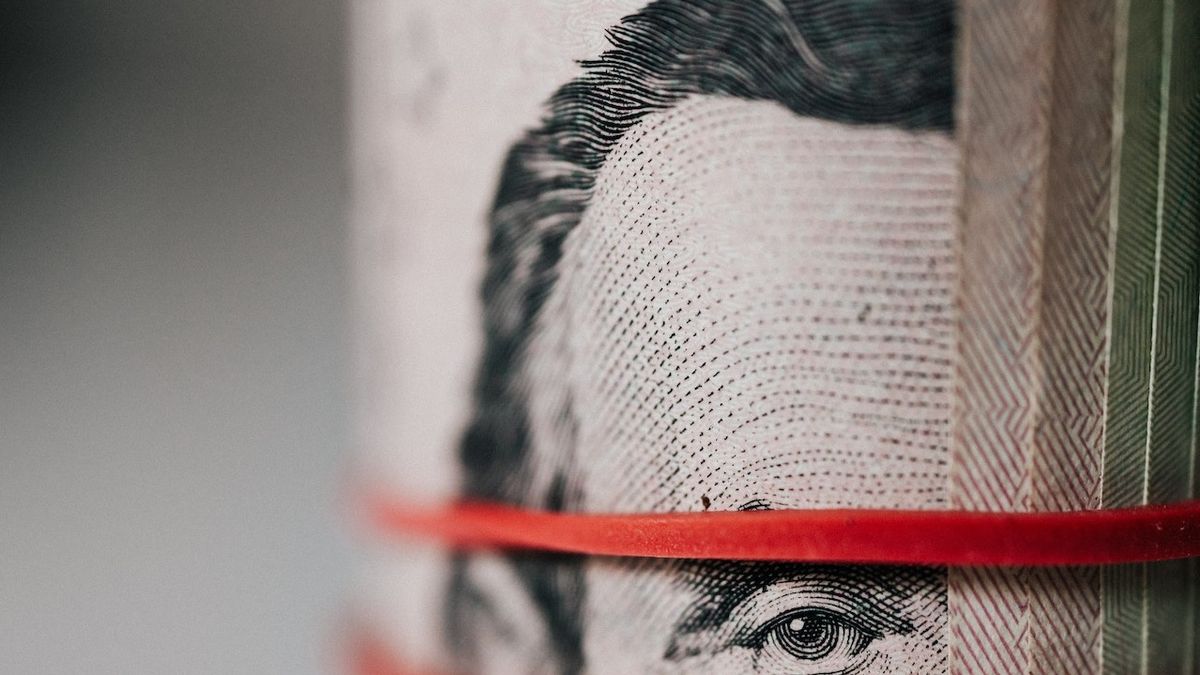The last quote of dollar for the month of June it was 37.40 pesos, the lowest value in 16 months, coloring the first half of the year in which it depreciated 6.65%.
Although the market was adjusting its exchange rate expectations downwards for the remainder of the year, the first half of 2023 closed well below what was expected in January, when the appreciation of the peso was already a primary issue for the market. agriculture and the export sector in general that warned of the loss of local competitiveness.
So, the survey of Economic Expectations of the Central Bank of Uruguay (BCU) reported a forecast dollar for June at 40.95 pesos in the median and 40.76 pesos on average.
The last quote of the sixth month of the year found the US currency, however, approaching 37 pesos and setting off all the alarms since neither private nor government forecasts expect a correction in the exchange rate for the remainder of the year. of 2023.
Why is the correction in the value of the dollar receding?
The growth of Gross Domestic Product (GDP) expected for the year, albeit modest, added to the low inflationwhich facilitates greater flexibility in the Central Bank’s monetary policy with regard to the interest rate, are local factors that contribute to a good performance in terms of stability for the Uruguayan economy.
If we add to this, external factors such as the shift in investment towards emerging economies overcome the risk aversion cycle in the global market, as well as the weakening of the dollar internationallythe path for an appreciation of the US currency in Uruguay is uphill.
“Getting out of this trap is going to bring important conflicts with the established macroeconomic planning and with the unions for salary rounds,” said the director of the Center for the Study of Economic and Social Reality (CERES), Ignacio Munyo10 days ago when analyzing the phenomenon of the depreciation of the dollar.
The economist considered that “the dollar will remain behind until 2024” and summarized: “We are going to continue to be expensive and there will be no change in the short term”. In addition, he recognized that measures to gain competitiveness could lead to other conflicts. “If one wanted to facilitate imports from border countries, it would create problems with local distributors. It would also generate a conflict with the public sector, with regulations that should be eliminated ”, he analyzed.
Source: Ambito




